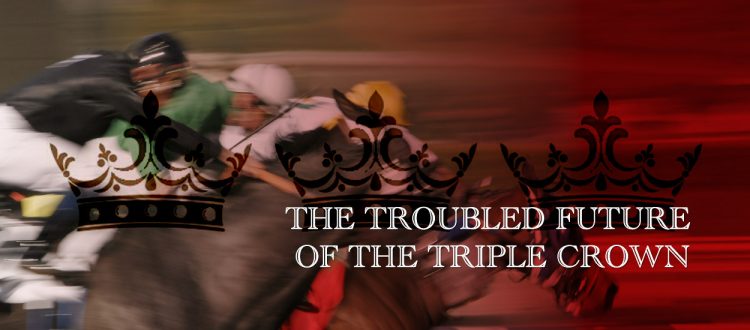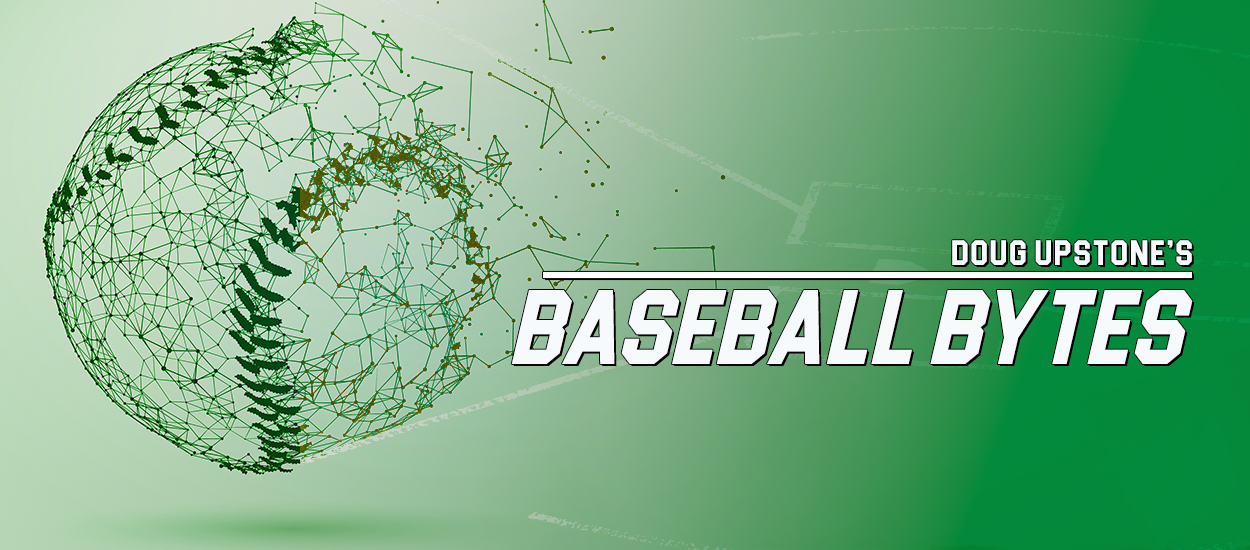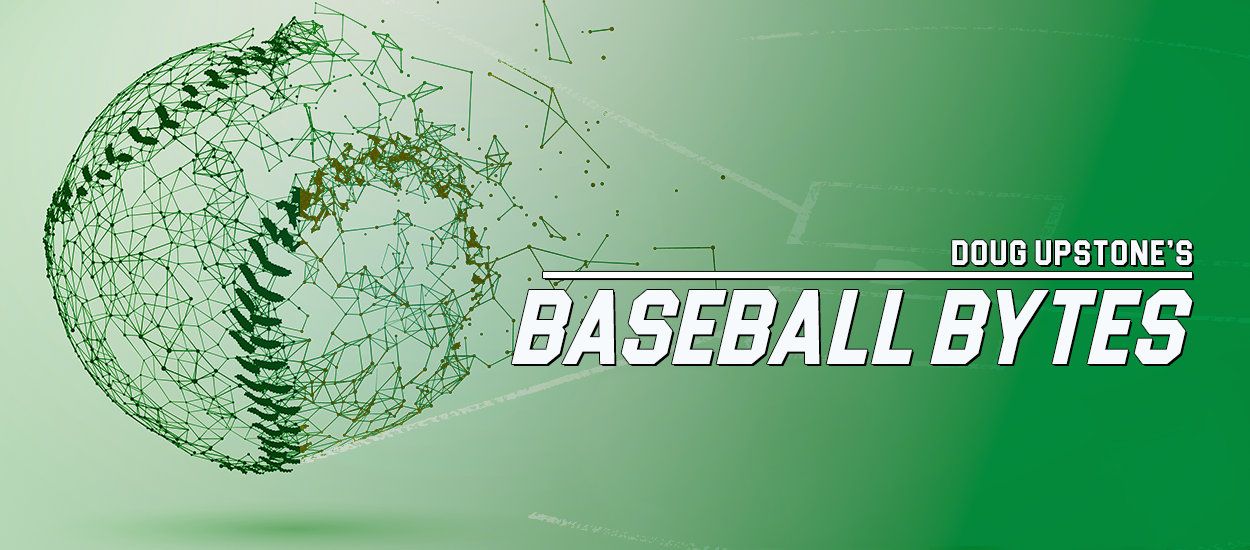Exciting Derby yields to disappointing Preakness and Triple Crown shot
Who can ever forget the 1978 Triple Crown when Affirmed battled Alydar in all three legs, ultimately proving Affirmed’s superiority, or the 1987 Triple Crown when Sunday Silence and Easy Goer battled over all three races to try and decide whether California or New York horses were better? But, the days of rivalries and commitments to run the full Triple Crown schedule seem long gone, as horses who lose in the Derby now generally skip the Preakness Stakes thus disappointing race fans. Is all of this causing the Triple Crown to be less significant?
This year’s Derby was one of the most exciting in years and resulted in the closest three-way finish ever as Mystik Dan just held off Sierra Leone and Forever Young in a race that needed several minutes for the photo to be examined. 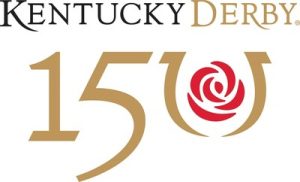 But, as has been the case in recent years, Sierra Leone and Forever Young are skipping the Preakness Stakes, as is Fierceness, who was the Derby favorite but ran a stinker, finishing well back. Instead, nine horses will run with Muth, a Bob Baffert trained horse, who beat Mystik Dan earlier in the year, as the favorite. The fourth-place horse in the Derby, Catching Freedom is running in the Preakness as well. There was even a question as to whether even Mystik Dan would try for the Triple Crown, as his trainer Ken McPeek considered skipping the race because it was too close to the Kentucky Derby. But ultimately the owners likely demanded he race, plus other than Muth, it appears to be a weak field. Rich Strike skipped the Preakness three years ago after winning the Derby.
But, as has been the case in recent years, Sierra Leone and Forever Young are skipping the Preakness Stakes, as is Fierceness, who was the Derby favorite but ran a stinker, finishing well back. Instead, nine horses will run with Muth, a Bob Baffert trained horse, who beat Mystik Dan earlier in the year, as the favorite. The fourth-place horse in the Derby, Catching Freedom is running in the Preakness as well. There was even a question as to whether even Mystik Dan would try for the Triple Crown, as his trainer Ken McPeek considered skipping the race because it was too close to the Kentucky Derby. But ultimately the owners likely demanded he race, plus other than Muth, it appears to be a weak field. Rich Strike skipped the Preakness three years ago after winning the Derby.
Races run too close together
The reason connections of horses that lose in the Derby tend to skip the Preakness comes down to not wanting to run a million-dollar horse just two weeks after the previous race and then have an obligation to run three weeks later at the Belmont Stakes, along with the reality that winning ‘only’ two legs of the Triple Crown means little to a horse’s value. 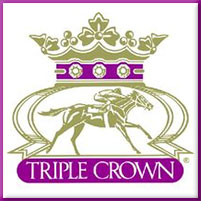 To entice horses to run in all three races, Visa offered a $5 million bonus to any horse that could sweep all three races between 1995 and 2005 but withdrew that sponsorship in 2006 and the series couldn’t find a new sponsor. So, there is no bonus and no monetary incentive to compete in all three Triple Crown Races. Consequently, when American Pharaoh and Justify won the Triple Crown races in 2015 and 2018 respectively, they simply won the purse money, a trophy and the title as the best 3-year-old horse in America.
To entice horses to run in all three races, Visa offered a $5 million bonus to any horse that could sweep all three races between 1995 and 2005 but withdrew that sponsorship in 2006 and the series couldn’t find a new sponsor. So, there is no bonus and no monetary incentive to compete in all three Triple Crown Races. Consequently, when American Pharaoh and Justify won the Triple Crown races in 2015 and 2018 respectively, they simply won the purse money, a trophy and the title as the best 3-year-old horse in America.
It’s more important for trainers to keep the horses healthy in prep for some bigger races like the Breeders’ Cup later in the year and more importantly to ensure they remain healthy after retirement since stud or broodmare fees could be in the tens of millions per year after the horse retires. Consequently, Sierra Leone is skipping the Preakness, but will likely return to run the Belmont Stakes (this year being run at 1 and a quarter miles at Saratoga due to construction at Belmont), where he will be a favorite regardless if Mystik Dan can win the first two legs or not.
Age a factor
Moreover, the industry forgets that these horses are young. This year, a horse is considered a 3-year-old this year as long as he or she was born in 2021, and most are foaled in the winter or spring of that year. So, the horses are barely three years old. Not to mention, horses foaled later in the year could effectively be only two years old, despite being deemed as a 3-year-old and expected to run a gruelling three race schedule in six weeks. Mystik Dan and Sierra Leone were both foaled in March 2021, so are just over 3 years old. There has been much talk about spreading out the races over months to ensure the best horses compete in the major races as other countries do with their main horse racing series. But a lot of traditionalists oppose this saying what makes the Triple Crown so special is that horses must run 3 races in 6 weeks at three different tracks and three different distances so they prove they are fit. The traditionalists technically may be right, but if the best horses skip the Preakness, then what’s the point?
Pimlico
Another consideration for skipping the Preakness Stakes is the track itself. Pimlico has seen better days and will be undergoing some maintenance in the next two years to make it a year-round racetrack and the Preakness will be moved to Laurel Racecourse. But many analysts note that even with the upgrades, Pimlico is not the track it once was.  This is not unique to horse racing. What was once a primary venue often becomes less significant due to wear and tear and population changes. Darlington Racetrack in South Carolina is a prime example of how a car racing track that once had so much esteem in the early days is now just a relic. Many in the industry note that the most important horse racing tracks are in New York, Kentucky and California so it would make far more sense and be more meaningful if the a leg of the Triple Crown took place at Santa Anita or Del Mar rather than Pimlico. And if they want all 3 races to stay on the east coast, Gulfstream Park makes more sense than Pimlico. Again, traditionalists will say that the Triple Crown was always run at Churchill Downs, Pimlico and Belmont so changing that will get rid of a long tradition which saw the likes of Whirlaway, Citation, Secretariat, Seattle Slew etc. all winning the same races under the same rules. They are again technically right, but in those days the owners and trainers were not looking 10 years down the line to decide if running in all three races could hurt the horse’s breeding price.
This is not unique to horse racing. What was once a primary venue often becomes less significant due to wear and tear and population changes. Darlington Racetrack in South Carolina is a prime example of how a car racing track that once had so much esteem in the early days is now just a relic. Many in the industry note that the most important horse racing tracks are in New York, Kentucky and California so it would make far more sense and be more meaningful if the a leg of the Triple Crown took place at Santa Anita or Del Mar rather than Pimlico. And if they want all 3 races to stay on the east coast, Gulfstream Park makes more sense than Pimlico. Again, traditionalists will say that the Triple Crown was always run at Churchill Downs, Pimlico and Belmont so changing that will get rid of a long tradition which saw the likes of Whirlaway, Citation, Secretariat, Seattle Slew etc. all winning the same races under the same rules. They are again technically right, but in those days the owners and trainers were not looking 10 years down the line to decide if running in all three races could hurt the horse’s breeding price.
While spreading out the races or running at new tracks would indeed be breaking with tradition, this wouldn’t be the first time. As mentioned, the Belmont Stakes will be run at Saratoga this year and possibly in 2025 due to track updates at Belmont and the Preakness will be run at Laurel in 2026. Moreover, in 2020 the whole schedule was overturned due to the COVID-19 pandemic. The first race in 2020 was the Belmont Stakes run on June 20th at 1 and an eighth miles instead of 1.5 miles, the second leg was the Kentucky Derby run on September 5th and the third leg was the Preakness run on October 3rd. All the races were run in front of empty grandstands and resulted in some of the highest TV ratings ever. Mind you even that year the Preakness lost a lot of its appeal after Tiz the Law, who won the Belmont and came 2nd in the Kentucky Derby, skipped the Preakness.
Changes needed to save the Triple Crown
The bottom line is that something different has to be done so that the trainers and owners have an incentive to run all three races to keep the Triple Crown relevant.
A good start would be to spread out the races so that connections don’t feel the burden of having to run horses in races so closely together. Having races in early May, late June and early August for example would no doubt entice more owners and trainers to race in all three legs if feasible. And the break between August and the Breeders’ Cup in early November gives them plenty of time to run the three legs and one set up race before the Breeders’ Cup.
Exploring new tracks should also be on the table. There is no doubt that if the Preakness was run at a track like Santa Anita or Gulfstream it would be more appealing to horse connections who simply don’t like the Baltimore course.
And lastly there must be a better enticement for horses to run. Obviously, Visa, and Chrysler before them, decided that there just wasn’t enough interest in the sport to justify the commitment to sponsoring the series, but if a company like Flutter Entertainment which owns FanDuel and TVG, MGM or even some cryptocurrency companies were approached with the idea of sponsoring the series they may jump at the chance for exposure. And truthfully, horse racing nowadays has a far greater following since PASPA was overturned in 2017 than it did in 2005 when gambling was still seen as taboo. Sponsorship could be as simple as a small deal to increase purses or a big bonus for capturing the Triple Crown.
The industry can also increase interest aside from financial commitments. For example, if they made a rule that any horse that finishes in the top 3 positions in any of the Triple Crown races would guarantee entry to the Breeders Cup, that would be a big enticement to get owners who may have no other real way to guarantee entry into the Breeders Cup to race in the full Triple Crown series.
So, this Saturday Mystik Dan will try to defend himself in the 149th version of the Preakness Stakes against the 4th place finisher in the Derby, the 17th place finisher and a horse that beat him earlier in the year along with five others that seem to have less to offer. But the two horses who he beat by a nose in the Derby won’t be there. It’s a shame, as even those who are casual horse racing fans were likely looking forward to the rematch. More disappointing, setting up a rivalry is likely exactly what the horse racing industry could use as it looks to reinvent itself and draw in younger fans along with those who bet on other sports but not horse racing. Something needs to be done and it should start with the industry interests setting up a meeting to discuss the future of the Triple Crown, and all options should be on the table.
Read articles on sports betting and the North American gambling industry from Hartley Henderson here at GamblersWORLD.

